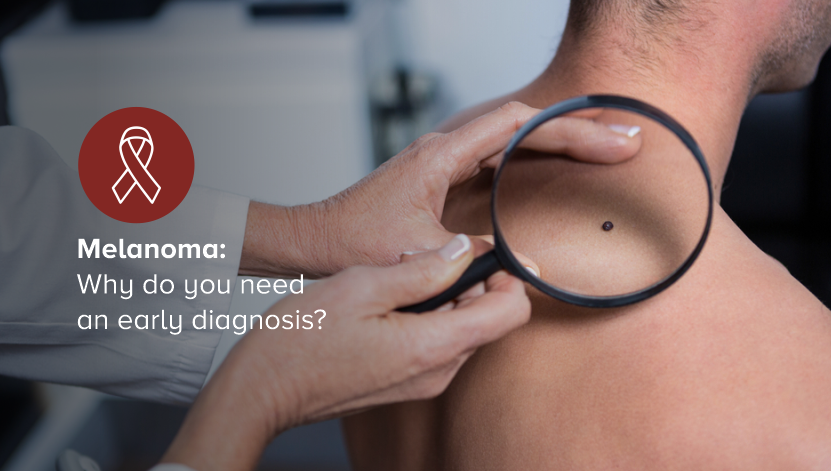Melanoma, a term that often brings a sense of urgency and concern, is a form of skin cancer that originates in the cells (melanocytes) responsible for producing melanin — the pigment that gives your skin its color. Known for its ability to grow quickly and metastasize if not caught early, melanoma poses a significant health risk. However, when detected in its nascent stages, the prognosis for melanoma can be incredibly positive. This underscores the paramount importance of early diagnosis.
